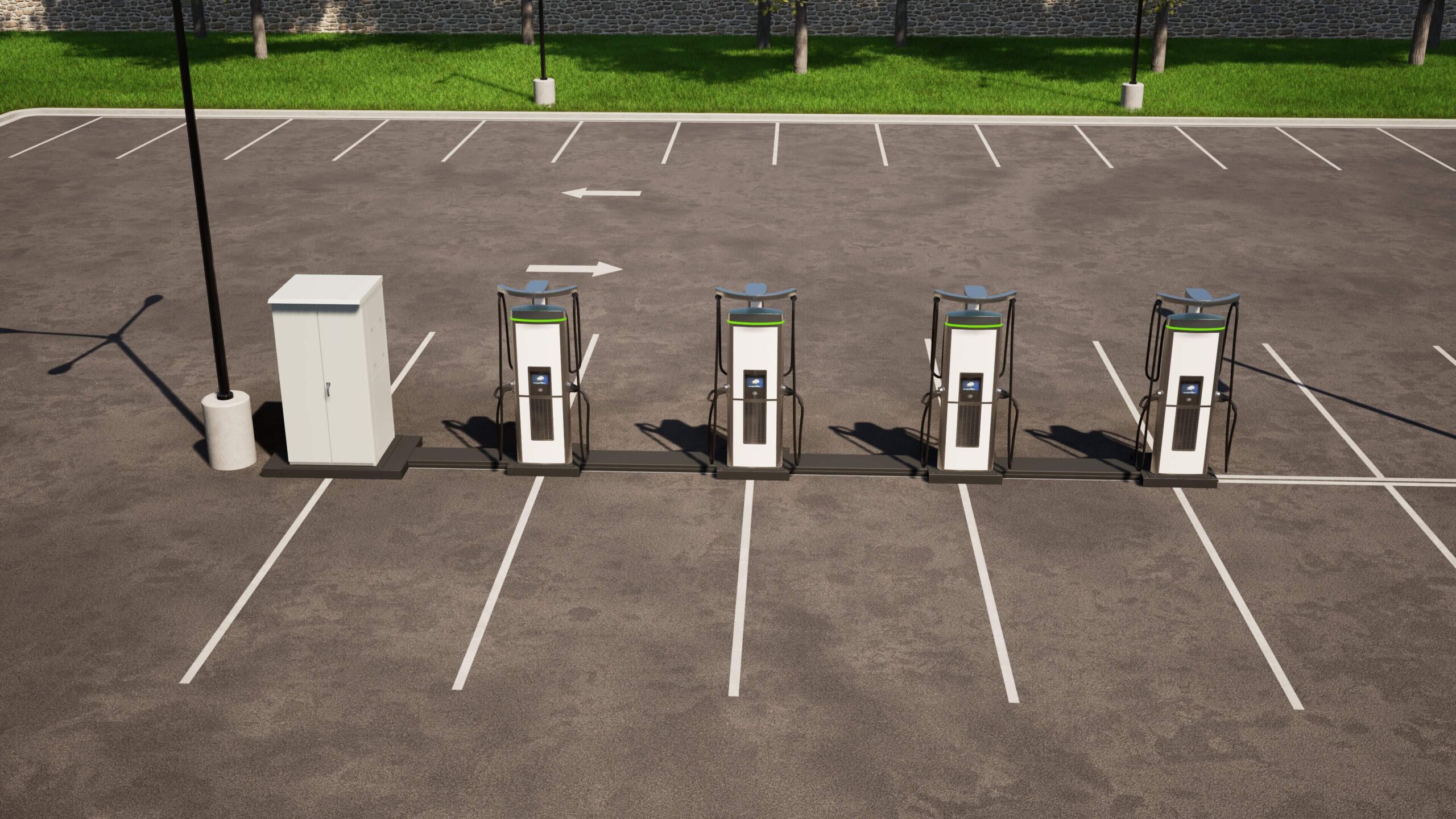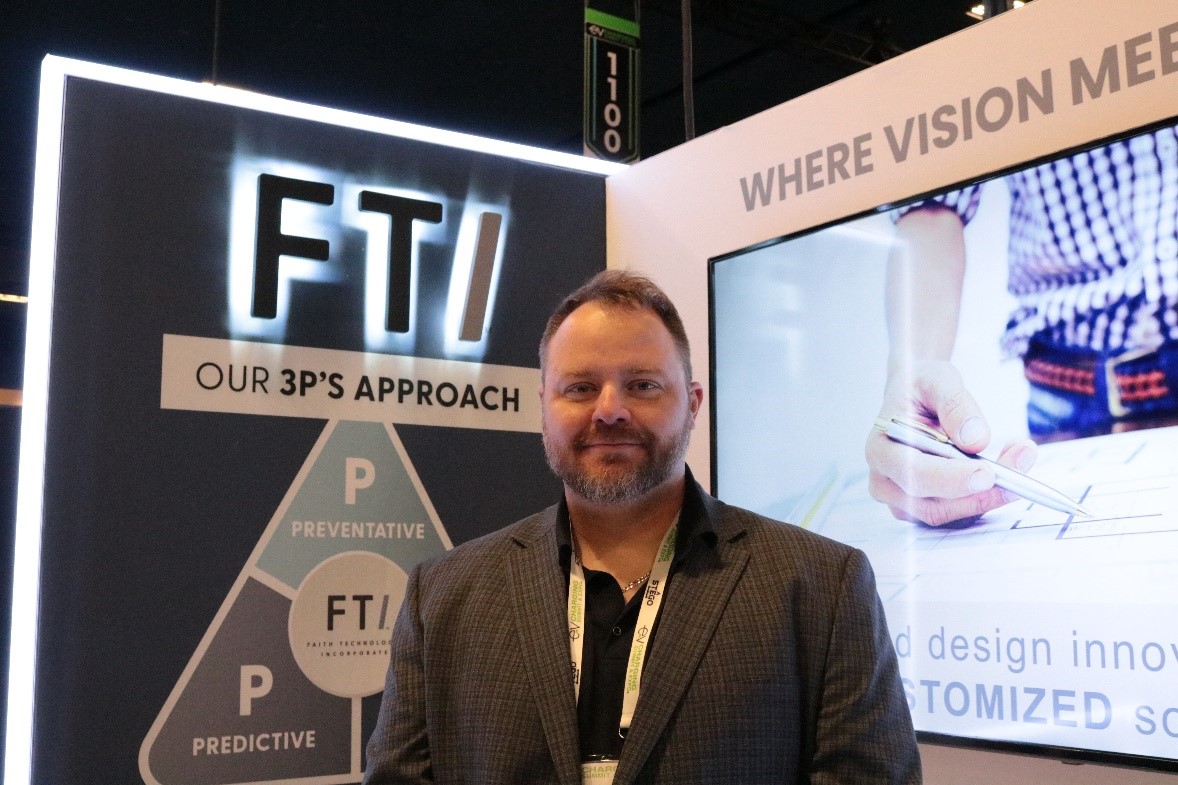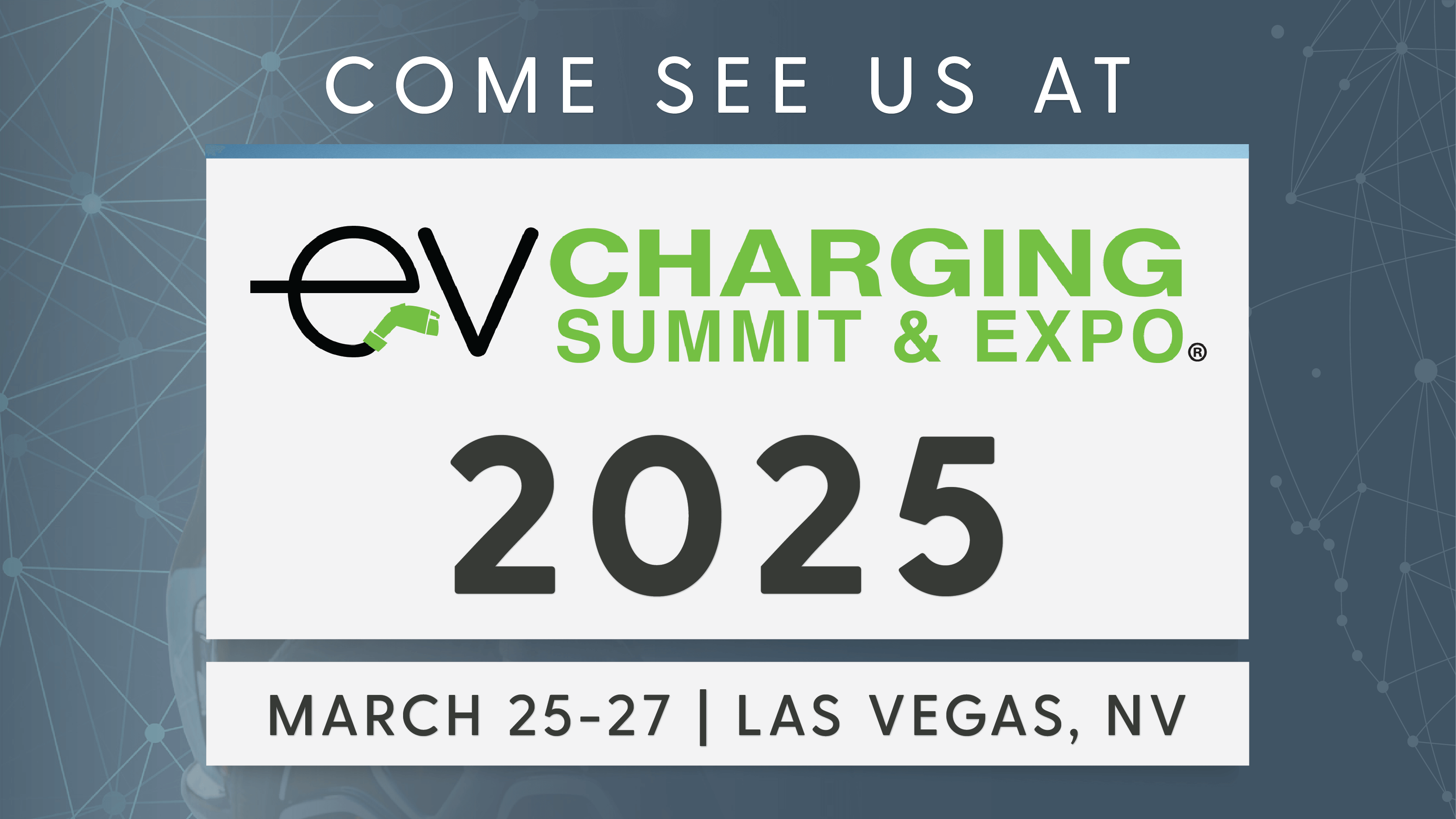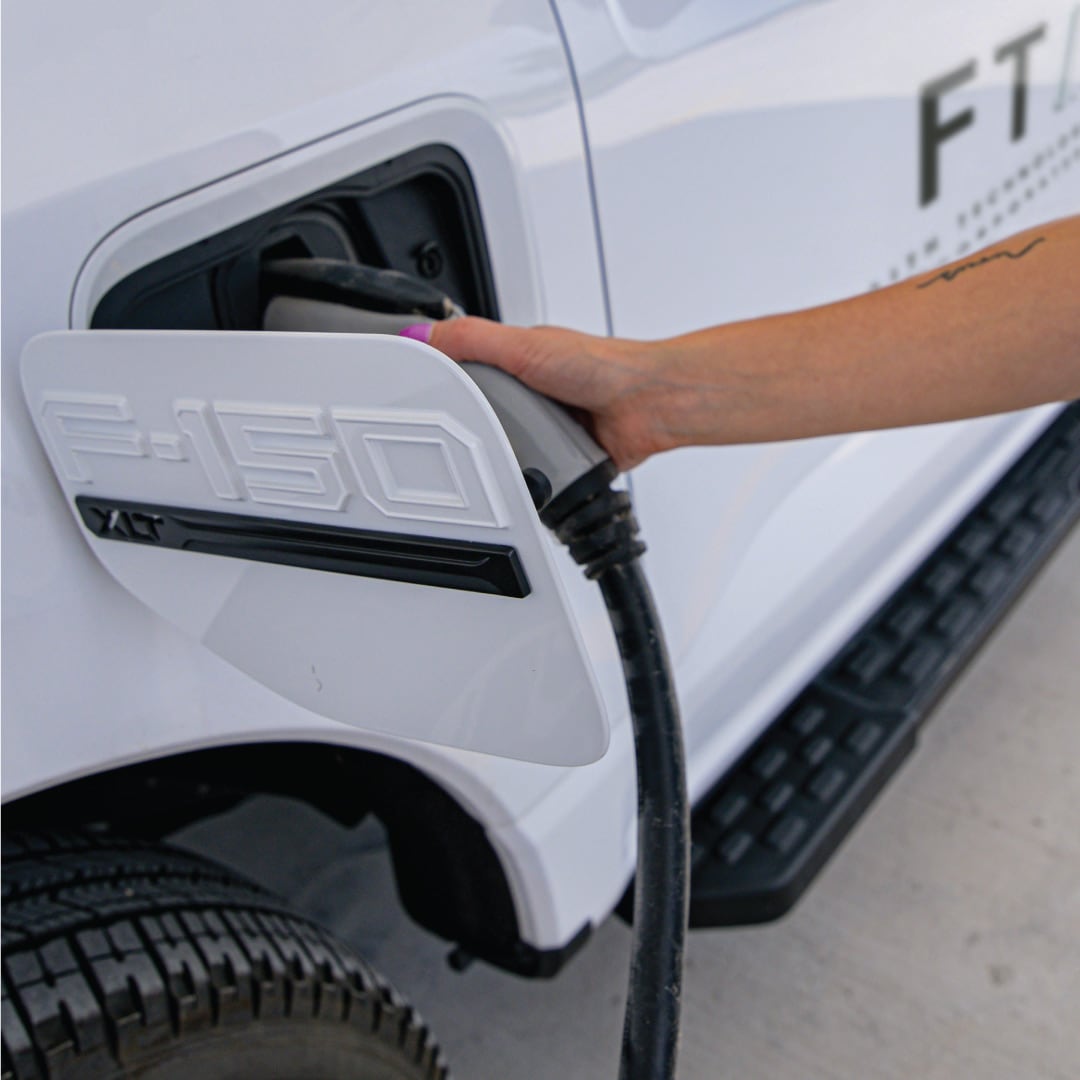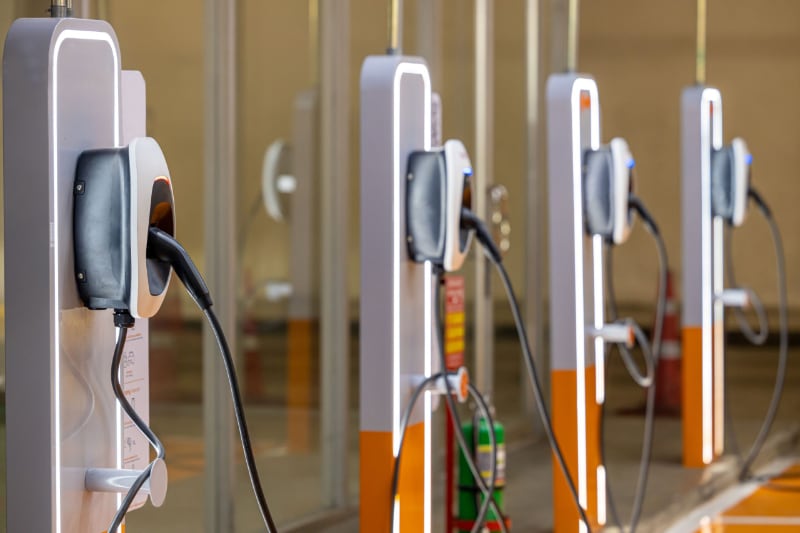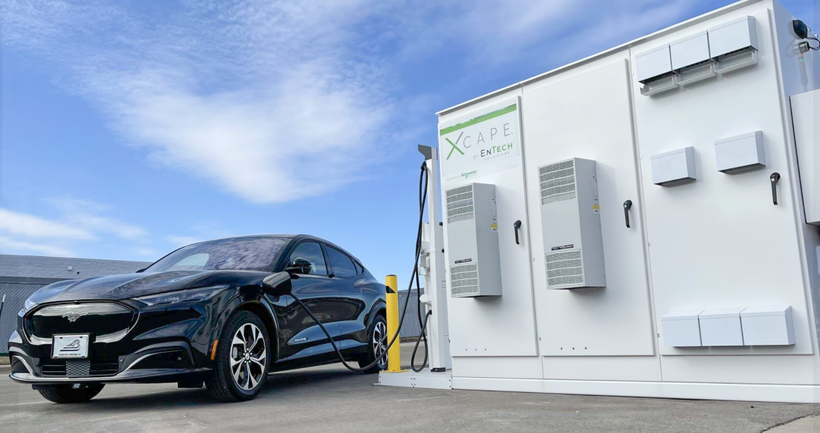
Implementing electric vehicles (EVs) or fleets into your organization can be a long journey if the proper planning is not in place. While many organizations begin their EV planning around the vehicles, planning for your charging infrastructure should be the first step in the process.
EV Infrastructure Limitations
The EV charging network is expanding across the U.S., but growing pressures on utilities are creating infrastructure limitations, causing delays for some customers to get electrified. There are many factors to consider along the way to be sure you can meet your timelines and goals to be EV ready.
At FTI, we work closely with our clients in a full-solution approach that begins with assessing your energy needs and goals, designing and installing your EV charging infrastructure. It continues through optimizing your system to meet your continued and future needs. We know that it’s important to plan each step, which allows us to help avoid potential charging limitations.
Steps for Transitioning to EVs
Some of the early planning steps that must be considered include the following:
- Utility Coordination – This is one of the major steps in your electrification journey. Many utilities are scheduling up to 12 months out for bringing the required power on a site for EV charging. Development of your EV charging plan should include conversations with your utility provider to let them know what is needed to support your project.
- Permitting – Along with utility coordination, it’s equally important to work with the local jurisdiction to make sure the proper permits are in place prior to any work being started. With the many new EV projects and infrastructure being constructed, some municipalities are getting backlogged, which can lead to weeks or months to obtain permits. FTI supports our clients with their permitting requirements to help keep projects on schedule.
- Supply Chain – Supply chain constraints can lead to major delays in the EV infrastructure process, with some electrical panelboards and switchboards having lead times of more than a year. Access to utility equipment such as transformers and metering equipment can also cause delays. At FTI, we work closely with major supply chain partners and design charging infrastructure using equipment and materials based on appropriate, available resources.
- Future Proofing – Planning for future expansion of your EV fleet with current grid limitations can make developing scalable solutions difficult. As more organizations are adopting electrification to meet growing emission and renewable energy goals, as well as to replace aging fleets, power demand on the grid will only increase. Across the nation, some municipalities are refusing to provide requested service capacities if they include future charging needs. This is in part due to the aging grid infrastructure, along with increasing national demand for electrification. Designing around these roadblocks includes battery energy storage systems and renewable energy sources to supplement, offset demand charges, solve capacity limitations and provide another layer of resilience.
FTI can support each step of your EV charging infrastructure project and enable you to meet your vehicle electrification goals. Contact us today to get started.




